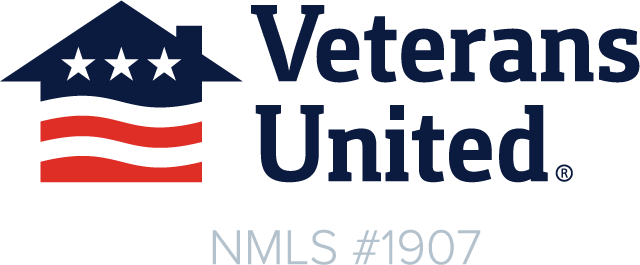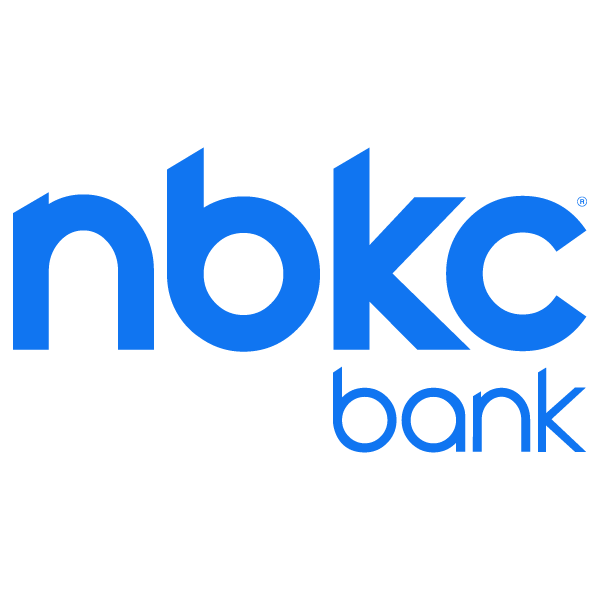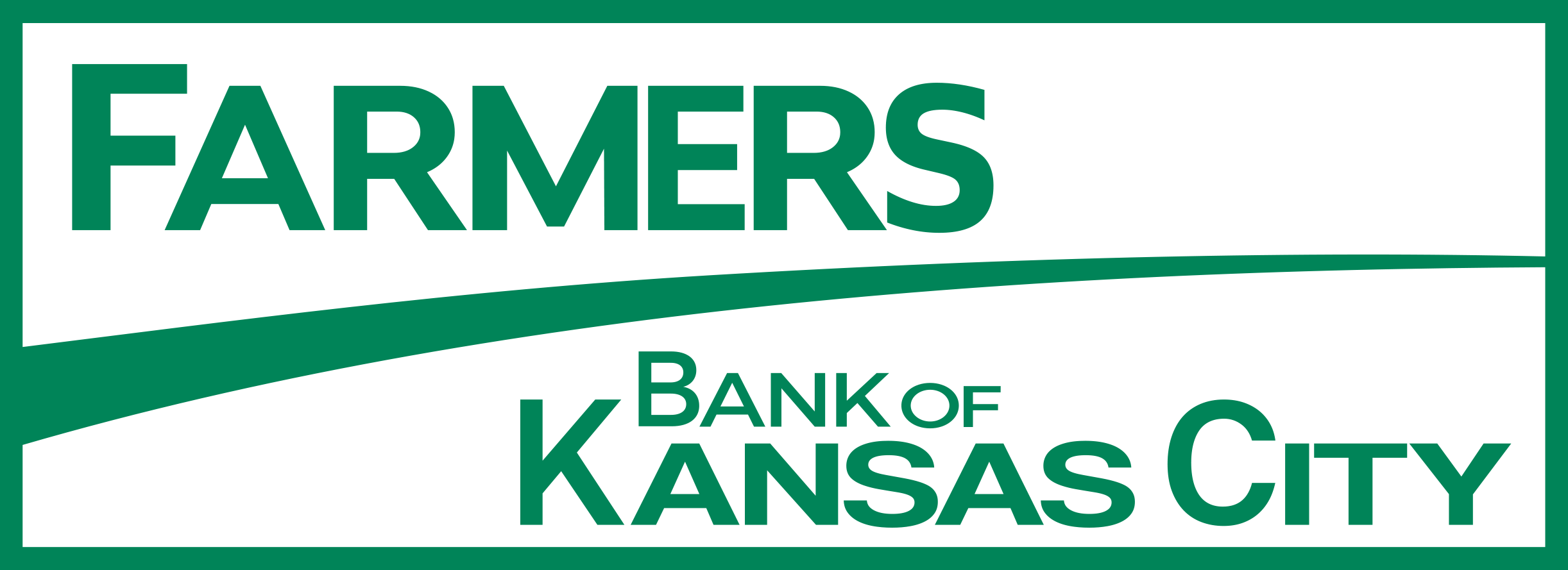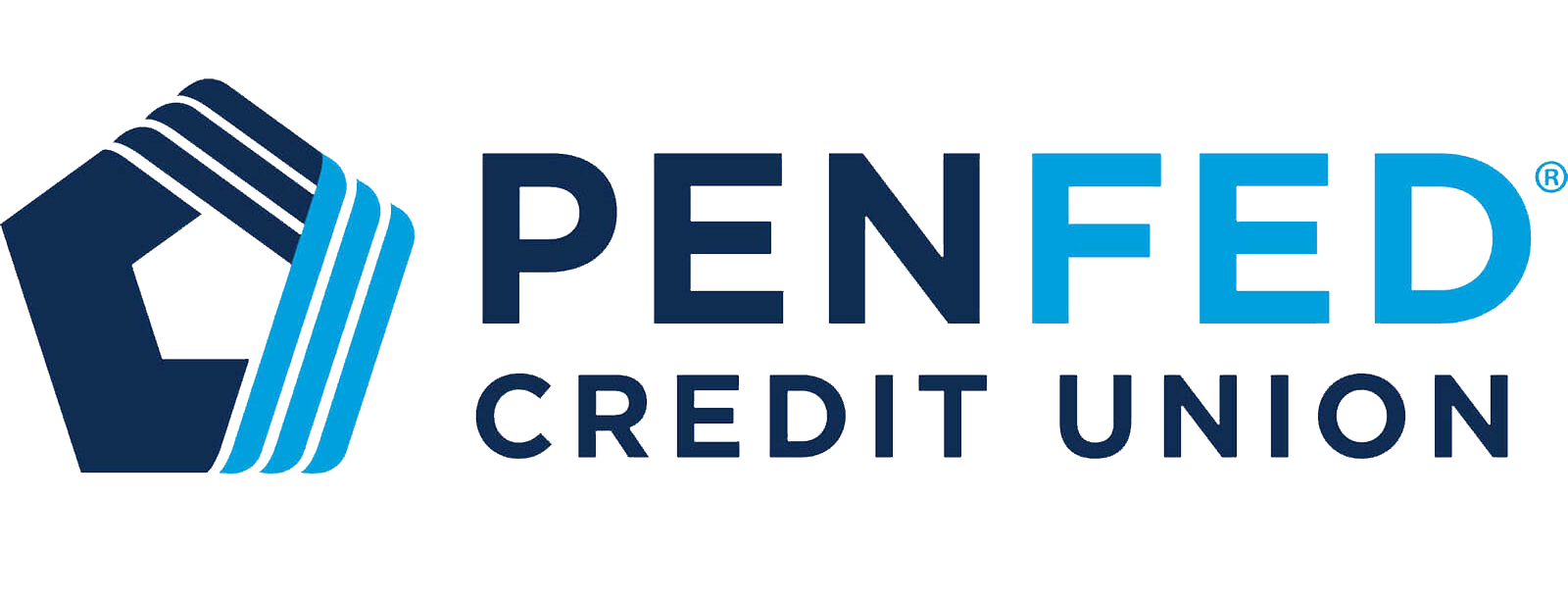Key Takeaways
- A VA construction loan may help you build your dream home, but the process can be complex.
- It might be difficult to find a lender that offers VA construction loans, so it’s wise to do your research and have a backup plan.
- If you aren’t able to obtain a VA construction loan, there are several alternatives to consider.
If you’re a veteran or current service member looking to buy a house, you’ve probably heard about home loans through the Department of Veterans Affairs. However, you may be unfamiliar with the VA construction loan. Here’s what you need to know to help you decide if it’s the ideal way to finance your new residence.
What Is a VA Construction Loan?
Generally, homebuyers use a VA mortgage to purchase an existing home, but that’s not always the case. A VA construction loan lets you buy land – if you don’t already own it – and build a custom house as your primary residence. However, the VA only allows land purchase with its loan if home construction begins immediately.
“This type of loan is backed by the U.S. Department of Veterans Affairs and provides certain advantages to eligible borrowers,” says Cenaca Cyprian, mortgage broker and owner of Quality Lending Group. “Also, a VA construction loan has to be financed by an approved VA lender, and the builder has to be VA-approved.”
There are two types of VA construction loans: the one-time close and the two-time close. As the name implies, the one-time close results in a single loan that covers construction costs and permanent financing. The two-time close option involves two separate loans – one for construction and one for permanent financing, which replaces your initial loan.
Your home loan will close before construction starts and your lender will manage the construction project’s timeline. As the build progresses, funds will get released to your builder with your written permission. During construction, the builder is responsible for inspection fees, hazard insurance, property taxes and other expenses.
Your home will be inspected during the construction process to ensure it meets VA standards. The VA doesn’t guarantee your loan until construction is complete. Once the house passes the final inspection, you can move in.
Pros and Cons of a VA Construction Loan
Like any mortgage, the VA construction loan has benefits and drawbacks. Here they are at a glance:
Pros
-
No down payment required. Since the VA backs the loan, the lender doesn’t need your money upfront to offset the risk of default. However, “one hidden secret about the VA loan is that borrowers can put money down,” says Evan Kaufman, a VA loan expert at WeVett Home Loans. “In fact, the VA gives veterans additional benefits for doing so, specifically by reducing the VA funding fee.”
-
You won’t have to pay private mortgage insurance. With a conventional mortgage, you’d have to put 20% down to avoid required PMI coverage.
-
Your annual percentage rate may be lower. VA loans “tend to feature the lowest average rates on the market,” says Chris Birk, vice president of Mortgage Insight and director of education at Veterans United Home Loans.
-
You have a better chance of approval. VA loans generally have flexible credit requirements and may permit a high debt-to-income ratio. However, individual lenders can impose their own financial qualification criteria that you must meet.
Cons
-
You may have trouble finding a lender. “True VA construction financing is tough to find,” says Birk, but there are ways to work around it.
-
It’s a complicated process. A VA construction loan has many moving parts, which can make the process lengthy and complex.
-
There are restrictions. For instance, you can only use a VA construction loan to build and finance a primary residence.
-
There may be fees. Unless exempt, you may have to pay a VA funding fee at closing. Currently, the rate for first-time VA loan borrowers is 2.30%, while the rate for repeat borrowers is 3.60%. You may also pay a lender fee, so it’s an important question to ask.
Loan Eligibility
You must meet service and financial requirements to qualify for a VA construction loan.
Service Requirements
Service requirements vary, but here are a few of the basics:
- Current service members with at least 90 days of consecutive active duty.
- Veterans separated from the military after August 2, 1990, with one of the following:
- 24 months or more of continuous service.
- 90 days or more of active duty.
- 90 days or more of service if discharged due to hardship, reduction in force, or government convenience.
- Less than 90 days of service if discharged due to a service-connected disability.
- National Guard with at least 90 days of active duty.
- Reserves with at least six credible years who also meet other criteria, including, but not limited to, continued service, retirement list placement or honorable discharge.
- Surviving spouse of a veteran who died while on active duty or due to a service-connected disability.
“These are the broad, basic outlines for VA loan eligibility,” says Birk. “There may be other service circumstances and situations that can lead to eligibility for this benefit. Ultimately, only the VA can determine whether an individual meets these requirements and has access to the VA loan program.”
Financial Requirements
You must demonstrate sufficient income to cover your new mortgage and other expenses comfortably. If you have a healthy cash reserve after paying your bills, you’re less likely to default on your home loan. Plus, while the VA doesn’t stipulate a minimum credit score, Cyprian says your score should be at least 580 before applying.
How to Apply For a VA Construction Loan
- Get a Certificate of Eligibility. “To apply for a VA construction loan, the first step is to get a Certificate of Eligibility to prove you’re eligible for VA benefits,” says Yancy Forsythe, owner and founder of Missouri Valley Homes and a VA construction loan borrower. Lenders who issue VA loans regularly may pull your COE on your behalf.
- Find a lender. “Provide them with your COE, along with detailed plans for the house you want to build and your financial information,” says Forsythe. Similar to other mortgage types, you’ll likely need to supply your lender with documentation such as pay stubs, W-2s, tax returns and bank statements.
- Select a builder with a valid VA builder ID. Then, your lender will order a VA appraisal based on the blueprints for your new home, says Birk. If that process goes smoothly and you’re officially approved for the mortgage, you can close the loan.
- Expect some out-of-pocket costs. It’s important to note that even though you don’t have to make a down payment, you should expect to cover closing costs. Depending on your situation, you may have to pay the VA funding fee and a lender fee of up to 1%.
Repaying Your VA Construction Loan
If your lender permits, you may not have to pay on the loan until your home’s construction is complete. Once your loan is in repayment status, you’ll remit regular monthly payments to your mortgage servicer. There is no prepayment penalty if you pay off your home loan early.
If you experience financial difficulty, you should contact your loan servicer as soon as possible. Your servicer may be able to offer a repayment plan, loan modification or special forbearance to help you avoid foreclosure and stay in the home.
If you default on your VA construction loan, the VA will reimburse your lender for any losses experienced due to the foreclosure. “Then you lose whatever portion of the VA benefit you utilized on that mortgage,” says Birk.
How to Refinance a VA Construction Loan
You can refinance your VA loan in two different ways. You can obtain a cash-out refinance loan or an interest rate reduction refinance loan (IRRL), sometimes referred to as a streamlined refinance.
“A cash-out refinance is like a traditional refinance,” says Kaufman. “An appraisal is performed, your income is re-verified and you can even take funds out of the home if the appraisal is well above your mortgage loan value.”
However, Kaufman says an IRRRL is a powerful advantage of a VA loan. “In a higher rate environment like today, IRRRLs allow VA homeowners to lower their interest rate without the need for an appraisal or income documentation and require minimal credit verification,” he says. “While borrowers cannot take money out of the home like a cash-out refinance, the IRRRL allows borrowers to take advantage of any decrease in mortgage rates.”
Alternatives to the VA Construction Loan
If you’re having trouble finding a lender for your VA construction loan, there are some ways to work around that snag.
- Use a traditional construction loan initially. According to Birk, if you can’t find a VA construction loan, an alternative is to secure a traditional construction loan from a builder or local lender and then refinance it into a permanent VA loan after completion. “The permanent mortgage could be either a VA purchase loan or a VA cash-out refinance loan, depending on your specific situation,” says Birk. “It’s important to start working on the permanent financing as soon as possible, given that construction loans are short-term in nature.”
- Look into a VA builder loan. If you don’t want to fork over a down payment for a traditional construction loan, you might consider a VA-approved builder loan. You can use it to purchase a brand new home constructed by a builder who meets VA standards.
-
Look at non-VA options. For instance, Federal Housing Administration loans don’t require a high down payment or credit score. However, you will have to pay for mortgage insurance.

















